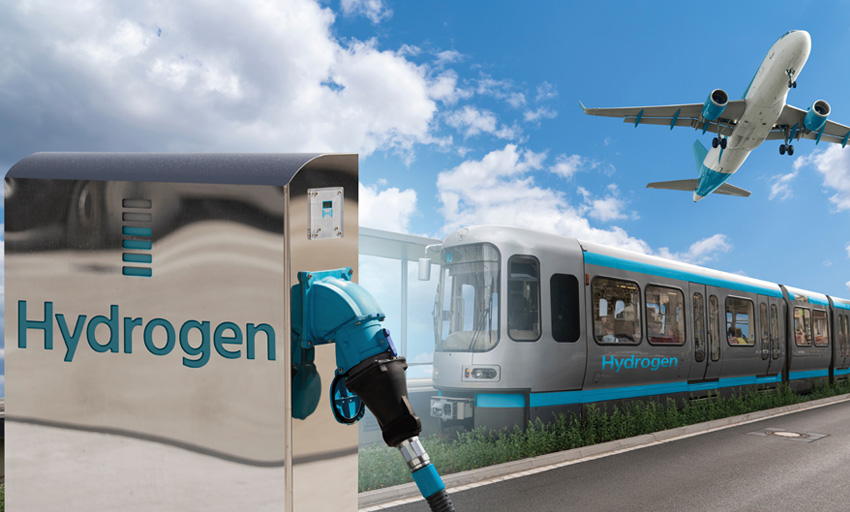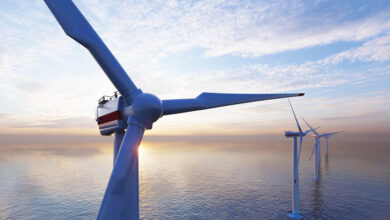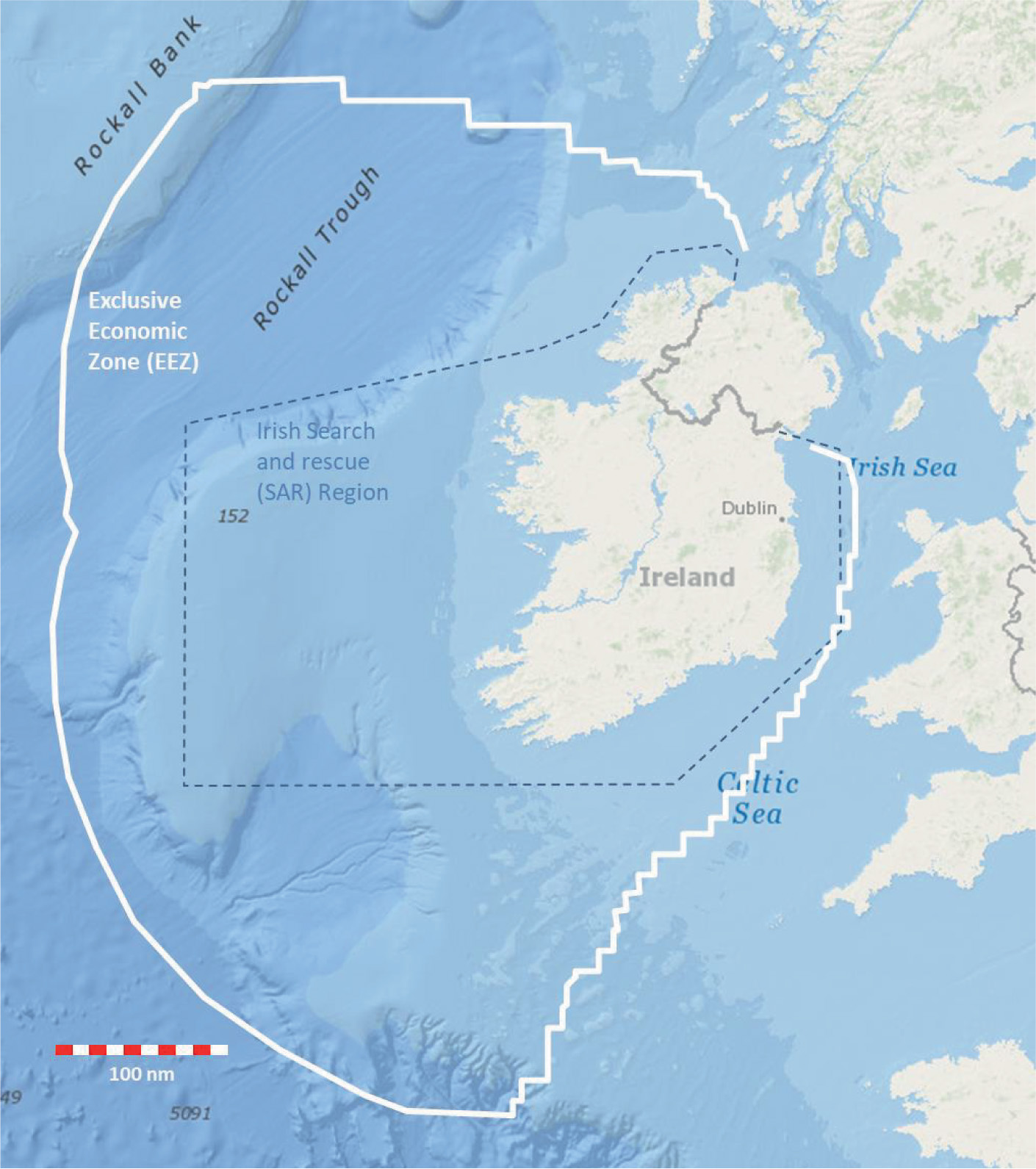
Indaver is ready to contribute to a new hydrogen economy
2nd May 2023
Rethinking the European Union’s energy strategy
9th May 2023Towards an enduring offshore regime

Following the conclusion of its public consultation, the second Offshore Renewable Energy Development Plan (OREDP II) is set to take Ireland a step closer towards an enduring regime for offshore renewables.
Ireland’s new national spatial strategy for offshore renewable energy (OREDP II) has been touted as a cornerstone of a future, long-term model for Ireland’s offshore renewable energy sector.
The enduring regime envisaged by Energy Minister Eamon Ryan TD comprises a much broader utilisation of offshore renewables into policy ambitions around hydrogen, interconnection, and the economy, but OREDP II is focused on an earlier stage of ensuring the right technology is deployed in the right areas.
The Programme for Government delivered a commitment to developing a long-term plan to take advantage of a potential 30GW of floating wind off the Atlantic coast and become a major contributor to a pan-European renewable energy generation and transmission system.

OREDP II seeks to not only consider technological advances to assess the potential for offshore energy in Irish waters, but also map areas most suitable for infrastructure, considering maritime activities and biodiversity.
The OREDP II assessment encompasses the maritime area covering all of Ireland’s Exclusive Economic Zone (EEZ), which reaches up to 200 nautical miles or 370km off the coast.
According to the Government: “The second OREDP II is an important tool in setting out the overall framework and spatial strategy to facilitate the transition from a developer-led approach to the enduring plan-led regime. It will lay out the overall framework and national spatial strategy to guide the long-term, sustainable, and planned development of ORE in our maritime area.”
It adds: “The OREDP II is a dynamic framework which will be updated cyclically to manage the development of ORE in a proactive and holistic way to support our transition to the enduring plan-led regime for ORE in Ireland.”
The Maritime Area Planning Act 2021 (MAP Act) proposes Designated Maritime Area Plans (DMAPs), and OREDP II proposes criteria to identify initial broad areas of interest for future ORE development, further refined into smaller geographical areas as part of the DMAP assessment process. The criteria utilised has identified three broad areas of interest in the form of the Celtic Sea, Shannon/Foynes area, or the North-West coast.

Consultation on OREDP II comes after the Government issued Maritime Area Consents (MACs) to the first phase of seven offshore wind projects following the publication of Climate Action Plan 2023. The award enabled all Phase One projects to begin their pre-planning application engagement with An Bord Pleanála and participation in the first auction for offshore wind under the Renewable Electricity Support Scheme (ORESS).
Launching the consultation, and encouraging participation, the Minister for the Environment, Climate and Communications, Eamon Ryan TD said: “The Offshore Renewable Energy Development Plan (OREDP II) is one of the key building blocks being progressed now by government to deliver on our ambition to develop 2GW green hydrogen and at least 30GW floating energy beyond 2030.
“How we plan for this development will be important to ensure benefits are delivered for everyone.”
With the consultation having closed on 20 April 2023, the final OREDP II is expected by summer 2023.
Key objectives for the OREDP II:
|
